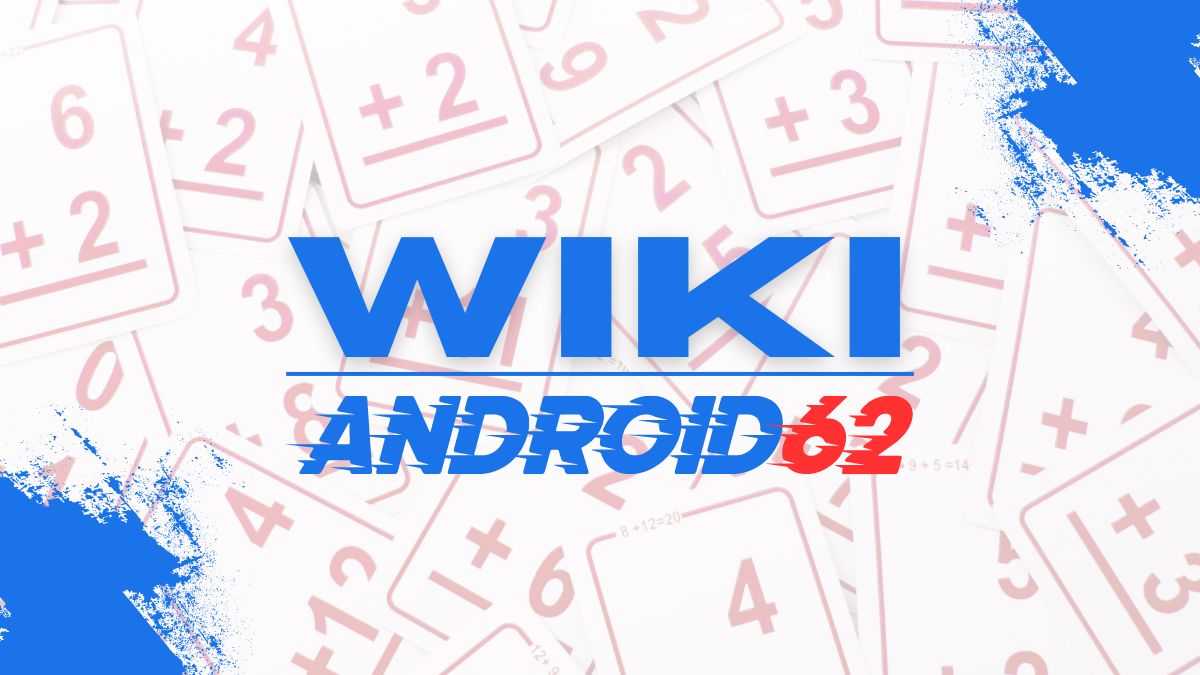
Puns are a form of wordplay that create humor by exploiting multiple meanings of words or phrases that sound similar. They are a fun and clever way to add humor to conversations, writing, or jokes. In this article, we’ll explore examples of puns and how to identify them, focusing on the question: “Which Sentence Is An Example Of A Pun?”
What is a Pun?
A pun is a play on words that exploits the multiple meanings of a word or words that sound alike but have different meanings. The humor in a pun often comes from the unexpected twist in meaning that occurs when the listener or reader realizes the alternative interpretation of the words used. Puns can be found in various forms of communication, including jokes, advertising, literature, and everyday conversations.
Characteristics of a Pun
Identifying a pun involves recognizing certain characteristics that are commonly associated with this form of wordplay:
- Wordplay: Puns involve playing with words to create humor or a clever twist of meaning.
- Multiple Meanings: Puns rely on words that have more than one meaning or different interpretations.
- Homophones: Puns often use words that sound similar but have different meanings.
- Surprise Element: The humor in a pun often comes from the unexpected twist or shift in meaning that catches the listener off guard.
Examples of Puns
Here are some examples of puns to illustrate how they work:
- “I used to be a baker, but I couldn’t make enough dough.”
- In this pun, the word “dough” is used in its literal sense as the mixture of flour, water, and other ingredients used in baking. However, it also plays on the slang meaning of “dough” as slang for money, creating a clever twist on the sentence.
- “I’m reading a book on anti-gravity. It’s impossible to put down!”
- This pun uses the word “gravity” in its literal sense of the force that attracts a body toward the center of the earth. However, the twist comes from the phrase “impossible to put down,” which is often used to describe a book that is so engaging or interesting that the reader can’t stop reading it.
Identifying a Pun
When trying to identify a pun in a sentence or phrase, there are several clues to look for:
- Homophones: Words that sound alike but have different meanings are often used in puns.
- Double Meanings: Puns rely on words that can be interpreted in multiple ways, leading to a humorous twist.
- Context: The context of the sentence or phrase can provide clues about the intended pun, as some puns rely on wordplay that relates to the situation.
Which Sentence Is An Example Of A Pun?
Now, let’s look at a few sentences and determine which one is an example of a pun:
- “Time flies like an arrow. Fruit flies like a banana.”
- This sentence is an example of a pun. The first part of the sentence is a common expression comparing the passage of time to the flight of an arrow. The pun comes in the second part of the sentence, where “fruit flies” is a play on words, referring to both the insect “fruit flies” and the action of fruit flying like a banana.
- “I’m reading a book about anti-gravity. It’s impossible to put down.”
- This sentence is also an example of a pun. The phrase “impossible to put down” is a common expression used to describe a captivating book. The pun arises from the dual meaning of “put down,” which can refer to physically setting a book down or being unable to stop reading it.
- “The baker kneaded the dough until it was just right.”
- This sentence does not contain a pun. While it uses baking-related terms like “baker” and “dough,” there is no play on words or unexpected twist in meaning that characterizes a pun.
Benefits of Using Puns
There are several benefits to using puns in communication:
- Engagement: Puns can capture the audience’s attention and make the message more memorable.
- Humor: Puns add humor and light-heartedness to conversations, making them more enjoyable.
- Creativity: Crafting puns requires creativity and wordplay skills, fostering cognitive development.
- Connection: Puns can create a sense of connection and camaraderie between the speaker and the audience.
Conclusion
In conclusion, puns are a clever and humorous form of wordplay that rely on exploiting multiple meanings of words or phrases that sound alike. Identifying a pun involves recognizing the use of homophones, double meanings, and unexpected twists in language. Puns can add humor, engagement, and creativity to communication, making them a valuable tool in writing, speaking, and storytelling.



